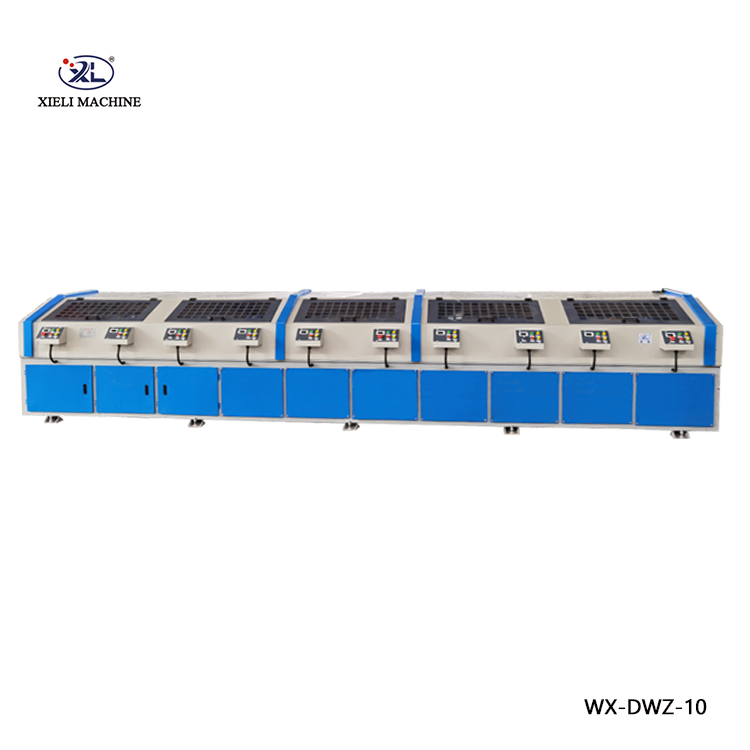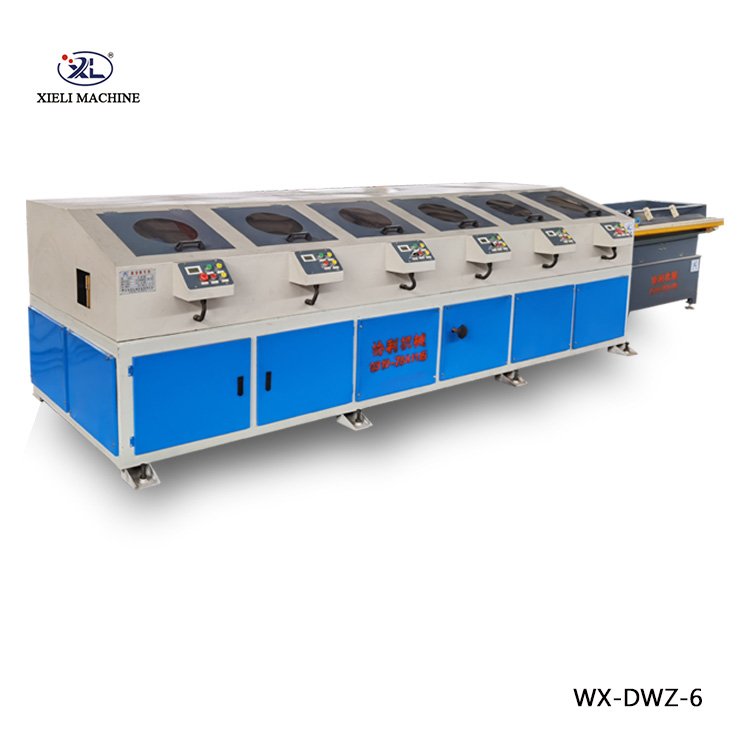Understanding Tube Internal Polishing Machines Enhancing Tube Quality and Efficiency
In the rapidly advancing world of manufacturing, achieving high-quality finished products is paramount. This is particularly true in industries that rely on pipes and tubes, such as automotive, aerospace, food processing, and pharmaceuticals. To meet these stringent quality standards, tube internal polishing machines have emerged as essential tools in the fabrication process. These machines not only enhance the aesthetic appeal of tubes but also improve their functional properties by removing surface imperfections and increasing cleanliness.
What is a Tube Internal Polishing Machine?
A tube internal polishing machine is a specialized device designed to polish the inner walls of tubes and pipes. It employs various methods, including mechanical polishing, chemical processes, and abrasives, to achieve a smooth and shiny surface. The machinery can accommodate various tube sizes and materials, including stainless steel, aluminum, and other alloys, making them versatile for diverse applications.
The primary goal of a tube internal polishing machine is to eliminate defects such as weld seams, scale, and oxidation from the interior surfaces of tubes. These imperfections can lead to points of weakness, corrosion, and contamination, which are particularly critical in sectors like food and pharmaceuticals where hygiene is paramount.
Operating Principles of Tube Internal Polishing Machines
Tube internal polishing machines typically operate using one of the following principles
1. Mechanical Polishing This method utilizes rotating brushes or abrasive pads that are inserted into the tube. As the machine operates, these abrasives meticulously scour the inner surfaces, removing imperfections and providing a smooth finish. While efficient and effective, this method may require multiple passes, especially for heavily tarnished or welded tubes.
2. Electropolishing A chemical process often used for stainless steel tubes, electropolishing involves immersing the tube in an electrolytic bath. An electric current is passed through the solution, which removes surface materials, leaving a bright and smooth finish. This process is particularly effective at improving the corrosion resistance of the material, making it ideal for hygienic applications.
3. Abrasive Flow Machining (AFM) This technique uses a viscous, semi-solid abrasive slurry that flows through the tube under pressure. The abrasive particles in the slurry clean and polish the internal surfaces simultaneously. It is a cost-effective method suitable for complex geometries and can significantly improve surface quality.
4. Automatic and CNC Systems Modern tube internal polishing machines often incorporate automation and computer numerical control (CNC) technology. These systems enhance precision, allowing for consistent results and the ability to handle intricate tube designs with minimal operator intervention.
tube internal polishing machine products

Advantages of Tube Internal Polishing Machines
The use of tube internal polishing machines provides several notable advantages
- Enhanced Quality By achieving smoother surfaces, polished tubes promote better flow characteristics, reducing turbulence and pressure drop in fluid transport applications.
- Improved Corrosion Resistance Polishing removes contaminants, which can lead to corrosion. Electropolished surfaces, in particular, exhibit superior resistance against various corrosive environments.
- Greater Hygiene Standards In industries like food processing and pharmaceuticals, polished tubes are easier to clean and less likely to harbor bacteria or other contaminants, thus meeting stringent safety regulations.
- Aesthetic Appeal Polished tubes look more appealing and professional, which can enhance the overall perception of a product in the marketplace.
- Cost-Effectiveness Although investing in tube internal polishing machines may seem daunting, the long-term benefits of improved quality and efficiency often outweigh the initial expenditure, leading to savings in materials and labor.
Conclusion
As industries continue to pursue higher standards in product quality and safety, the importance of tube internal polishing machines cannot be overstated. These machines provide a pathway to achieving smoother, cleaner, and more resilient tube surfaces, ultimately leading to better-performing end products. Whether through mechanical polishing, electropolishing, or other advanced techniques, manufacturers are equipped with essential tools to meet the challenges of modern fabrication demands.
In conclusion, investing in tube internal polishing technology is not merely an upgrade; it’s a strategic move towards ensuring quality, compliance, and competitiveness in an increasingly demanding marketplace.





